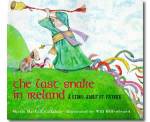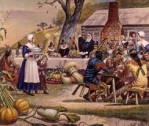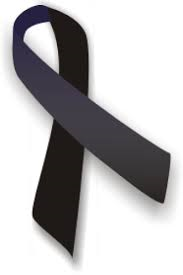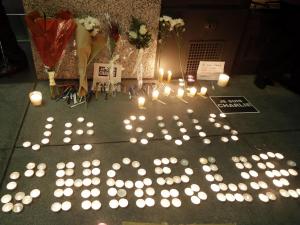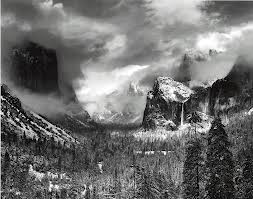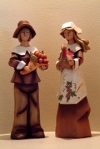L’humour est une déclaration de dignité, une affirmation de la supériorité de l’homme sur ce qui lui arrive.Romain Gary
Veteran’s Day was a time of grief for half of the American electorate who voted for Hillary Clinton. Many of those same people are either out in the Streets protestings or in a state of mourning. But what about renewing our faith in our country and commemorating our compatriots who served our country? They did so with the sole purpose of preserving our way of life and our democracy even if we would all have to admit that it is an imperfect union and a work in progress.
What better way to commemorate our veterans this year than to laugh with them…especially with those who have survived the most atrocious injuries. One of them in particular has set himself apart by doing stand up comedy. American Iraqi war veteran Bobby Henline had a choice to make: either crawl into a hole, hide his disfigurements and feel sorry for himself for the rest of his life or stand up and be counted in order to bring dignity to himself and others who came through recent wars alive but changed forever physically and mentally. Remembering how lucky he was to make it out compared to guys who unfortunately didn’t he says: “Any one of those guys would love to trade with me…and have a little bit of a difficult life. They would be ALIVE….”
On his 4th tour in Iraq, Bobby’s HUMVEE ran over an IED (Improvised Explosive Device). He was the only soldier who survived…if you can call it that. He suffered burns over 40% of his body, the bones in his face were fractured and his left hand had to be amputated. After 2 weeks in a coma, he slowly emerged a changed man: “You get used to getting stared at and looking at yourself in the mirror. It becomes you. But there are days I don’t want to be stared at…Still, I feel sexy. Once you’re cooked, you’re hooked.”
To cope with the pain, he started cracking jokes and making fun of himself: “I had a good time in Iraq, but that last tour was a real blast. It took me four tours to realize my lucky number is 3.” By making people laugh, he realized that it let down their guard and their natural revulsion and after a while a normal exchange could occur. People no longer saw the pitiful war veteran, but the real Bobby who was hidden beneath. His laughter was communicative and he began to sense that his jokes were helping others to keep their spirits up. Finally his therapist convinced him to use his special talent and take a stab at stand-up comedy. In 2009 he overcame his timidity and he jumped onstage at a Comedy Club during an “open-mike” night calling himself “The Well-Done Comic” (Based on a joke from his act: “We’re in a restaurant and my wife orders a steak, and I tell the waiter, ‘She wants it well-done. Like her man...'”) It was a flop but the audience warmed to him and he discovered that he could finally talk freely and unabashedly about the experience that had changed his life. “On the Fourth of July I always go to a fireworks stand. I run up real excited and ask them, ‘Can you give me the same stuff as last year? It was great!'” Not only does the laughter help him with his own recovery, but it engages people in a way that leaves him on the same level as his audience…an avenue of expression and awareness through laughter: “The comedy is not only healing for me, but at the same time it’s getting awareness out there.”
When he came out on stage at the Palm Beach International Film Festival where he went to support a documentary he participated in called “Comedy Warriors: Healing Through Humor”, he exclaimed…“You should see the other guy…!” The documentary depicts the lives of 5 veterans who use standup comedy to help in their healing process. They were supported in this endeavor with help from comics such as Bob Saget, Lewis Black, B.J. Novak and Zach Galifianakis. Here’s the trailer:
Once he has the audience, he continues with his self-mockery: “The skin on my scalp burned off, so the doctors replaced it with my stomach. When I eat too much, I get headaches…!”
It is a rare person indeed who can at the same time put you in stitches and make you a better person. Laughter is not only nature’s best medicine, but the best avenue of hope for the world.
And without further ado, he-e-e-r-r-e-e-‘s Bobby!
For your own comic relief, go to the Fun Zone!





 President, wanted to celebrate it on the 2nd with “Pomp and Parade, with Shews, Games, Sports, Guns, Bells, Bonfires and Illuminations from one End of this Continent to the other from this Time forward forever more.”
President, wanted to celebrate it on the 2nd with “Pomp and Parade, with Shews, Games, Sports, Guns, Bells, Bonfires and Illuminations from one End of this Continent to the other from this Time forward forever more.”



